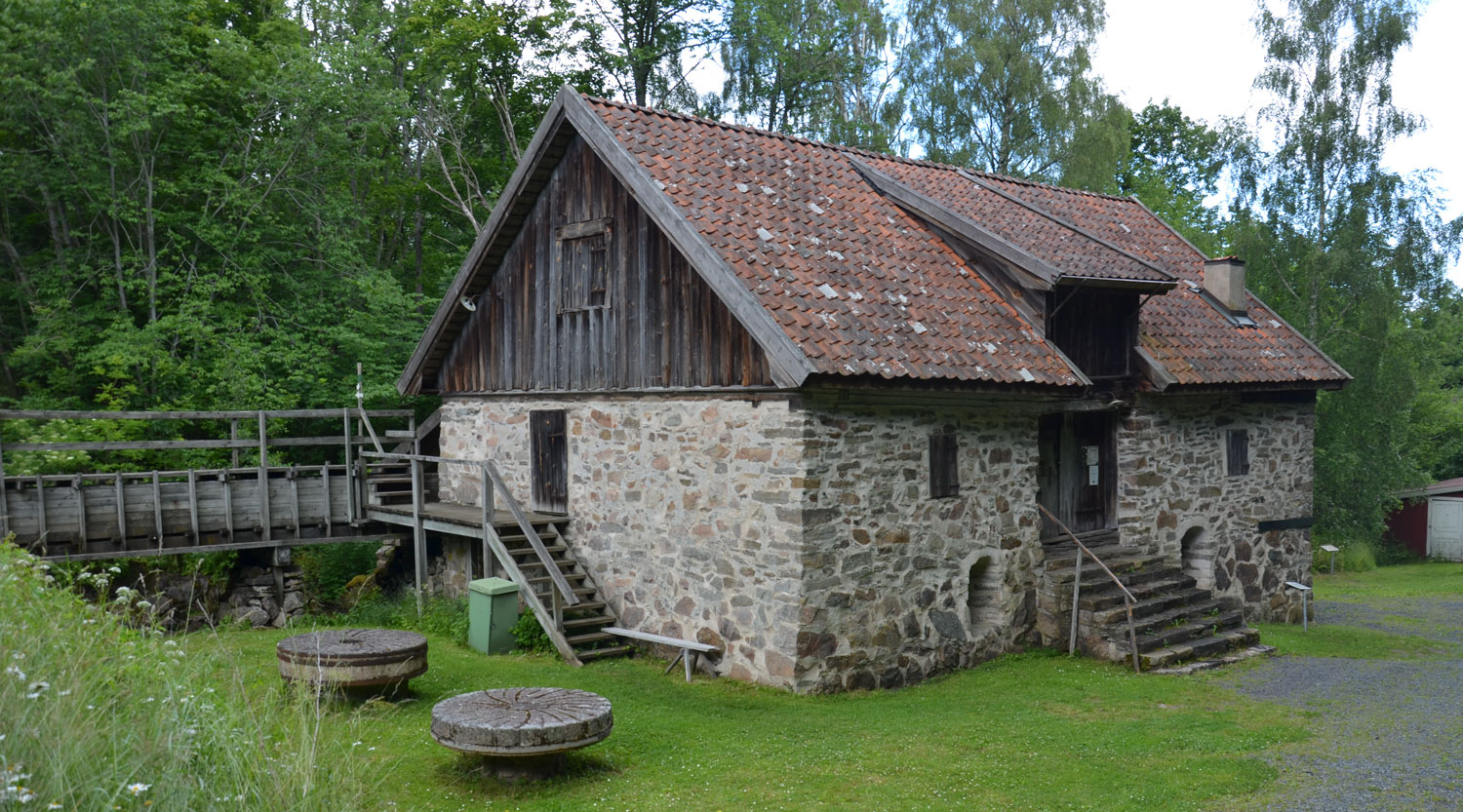- Startpage
- In English
- The Inventory
- Artisanal flour production
Artisanal flour production
Several small-scale rural mills producing artisanal flour still exist in Sweden. Many mills have medieval roots and produce flour from locally grown grains, often from historical landraces.
Location: Nation wide
%2016209863-mjolsackar-i-papper-havla-kvarn-(1).jpg)
Watermills have existed in Sweden since at least the 13th century, with windmills growing in popularity during the medieval period. The type of mill used in different regions has been dependent on the local natural conditions.
The 19th century was a golden age for small-scale local mills and flour production. With large harvests and a growing rural population, the need for local mills grew. Production from mills reached its seasonal peaks during the spring and fall. Millers not only provided their services to local farmers, but also bought grains to produce flour that was sold locally.
Many small-scale mills closed down between 1950s and the 1970s. Flour production was transferred to large, centralized roller mills and silos. As the transportation of goods became more effective, the need for local mills diminished. In the commercialized society of the 20th century, fewer people baked their own bread. The increasingly industrialized production of bread primarily used mechanically produced flour. Many consumers also preferred the finer flour produced by large roller mills. The remaining small-scale mills mostly produced feed for cattle.
Today, there is a renewed interest in artisanal flour production in Sweden. The flour produced is mainly sold to artisanal bakeries. Many bakers appreciate the historical landraces still used by small-scale millers. The milling of landraces requires greater knowledge on the miller’s part than in the standardized production of large mills. Many of the remaining small-scale mills are popular destinations for those with an interest in eco-tourism and industrial heritage.

